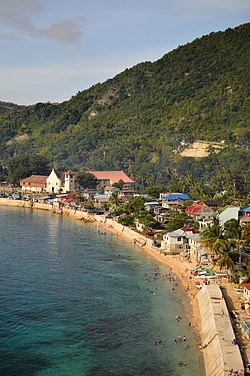
Toledo, officially the City of Toledo, is a 3rd class component city in the province of Cebu, Philippines. According to the 2020 census, it has a population of 207,314 people.
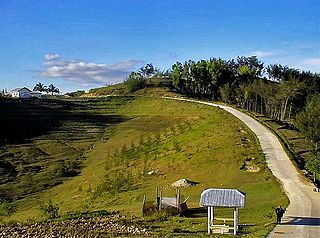
Alcoy, officially the Municipality of Alcoy, is a 5th class municipality in the province of Cebu, Philippines. According to the 2020 census, it has a population of 19,186 people.

Alcantara, officially the Municipality of Alcantara, is a 5th class municipality in the province of Cebu, Philippines. According to the 2020 census, it has a population of 16,910 people.
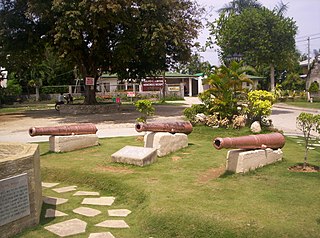
Argao, officially the Municipality of Argao, is a 1st class municipality in the province of Cebu, Philippines. According to the 2020 census, it has a population of 78,187 people.
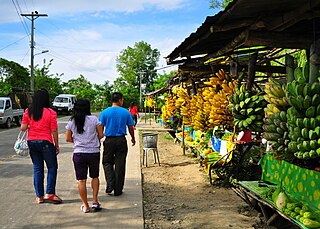
Balamban, officially the Municipality of Balamban, is a 1st class municipality in the province of Cebu, Philippines. According to the 2020 census, it has a population of 95,136 people.
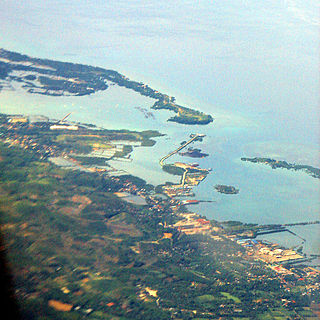
Carmen, officially the Municipality of Carmen, is a 3rd class municipality in the province of Cebu, Philippines. According to the 2020 census, it has a population of 57,897 people.
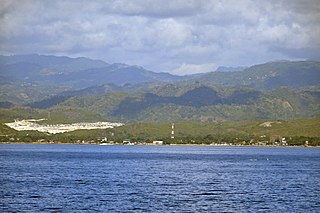
Compostela, officially the Municipality of Compostela, is a 3rd class municipality in the province of Cebu, Philippines. According to the 2020 census, it has a population of 55,874 people.

Malabuyoc, officially the Municipality of Malabuyoc, is a 5th class municipality in the province of Cebu, Philippines. According to the 2020 census, it has a population of 19,770 people. Malabuyoc is situated in the southwestern coast of the island of Cebu and is 139 kilometres (86 mi) from Cebu City.

Medellin, officially the Municipality of Medellin, is a 2nd class municipality in the province of Cebu, Philippines. According to the 2020 census, it has a population of 59,605 people.
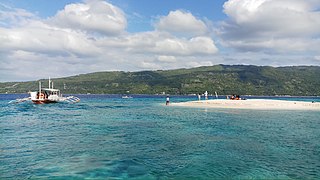
Oslob, officially the Municipality of Oslob, is a 4th class municipality in the province of Cebu, Philippines. According to the 2020 census, it has a population of 29,264 people.

Pinamungajan, officially the Municipality of Pinamungajan, is a 2nd class municipality in the province of Cebu, Philippines. According to the 2020 census, it has a population of 75,131 people.

Ronda, officially the Municipality of Ronda, is a 5th class municipality in the province of Cebu, Philippines. According to the 2020 census, it has a population of 21,005 people.
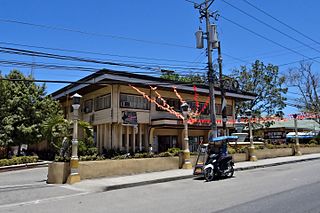
San Fernando, officially the Municipality of San Fernando, is a second-class municipality in the province of Cebu, Philippines. According to the 2020 census, it has a population of 72,224 people.
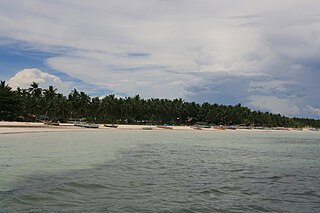
Santa Fe, officially the Municipality of Santa Fe, is a 5th class municipality in the province of Cebu, Philippines. According to the 2020 census, it has a population of 34,471 people.

Sibonga, officially the Municipality of Sibonga, is a 3rd class municipality in the province of Cebu, Philippines. According to the 2020 census, it has a population of 53,424 people.
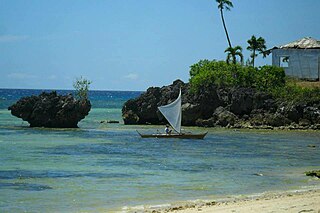
Tabuelan, officially the Municipality of Tabuelan, is a 4th class municipality in the province of Cebu, Philippines. According to the 2020 census, it has a population of 28,907 people.

Tuburan, officially the Municipality of Tuburan, is a 2nd class municipality in the province of Cebu, Philippines. According to the 2020 census, it has a population of 68,167 people.

Lazi, officially the Municipality of Lazi, is a 4th class municipality in the province of Siquijor, Philippines. According to the 2020 census, it has a population of 22,488 people.
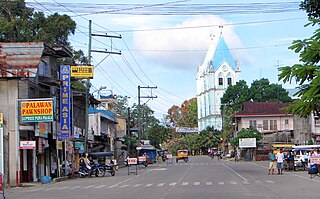
Calape, officially the Municipality of Calape, is a 3rd class municipality in the province of Bohol, Philippines. According to the 2020 census, it has a population of 33,079 people.

Sikatuna, officially the Municipality of Sikatuna, is a 5th class municipality in the province of Bohol, Philippines. According to the 2020 census, it has a population of 6,906 people.
